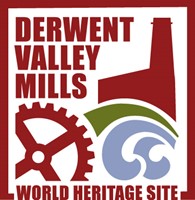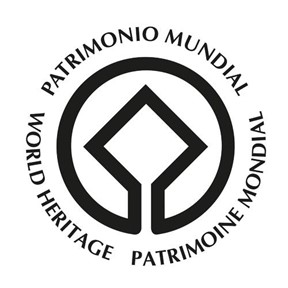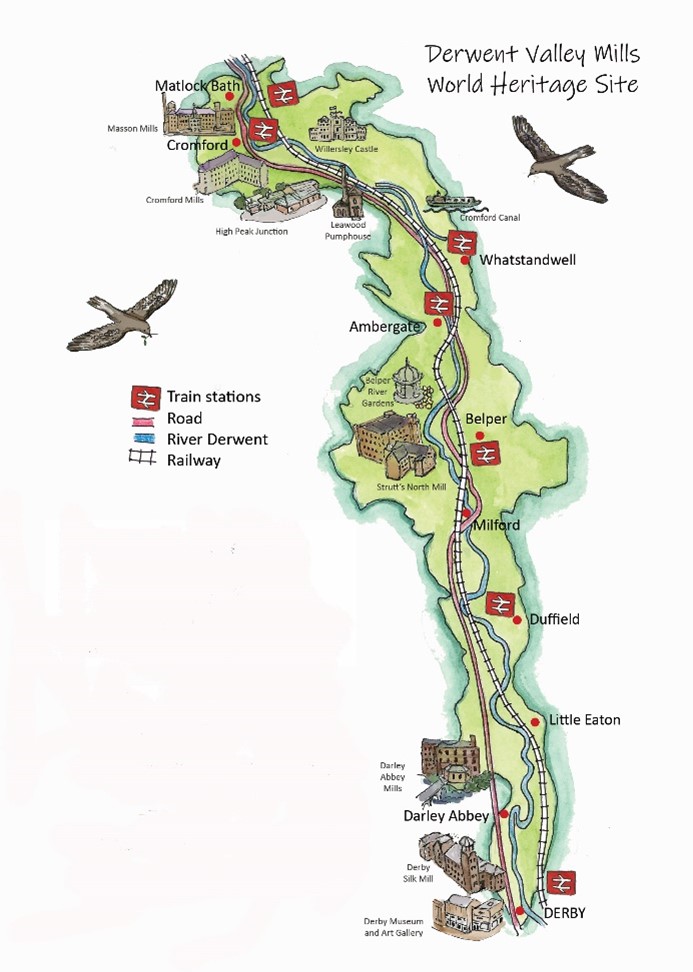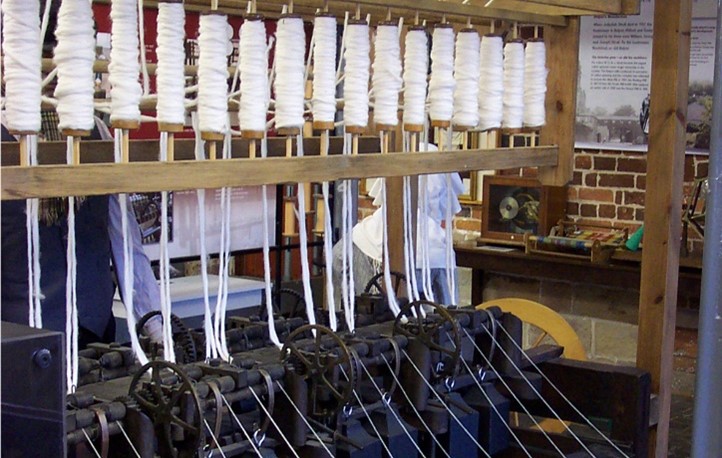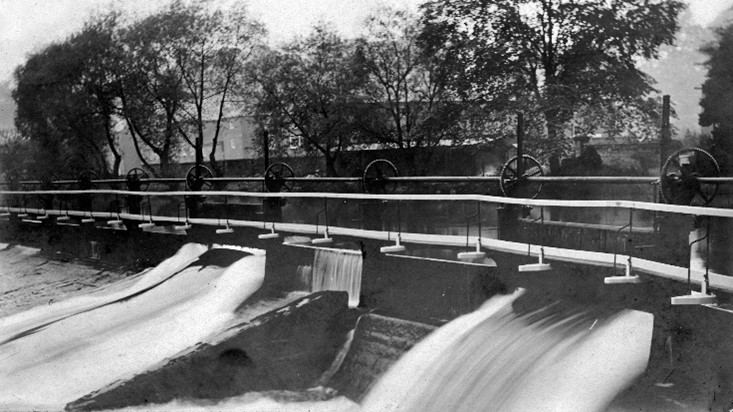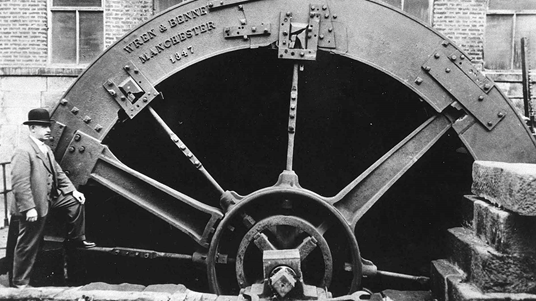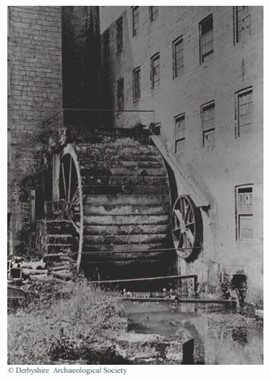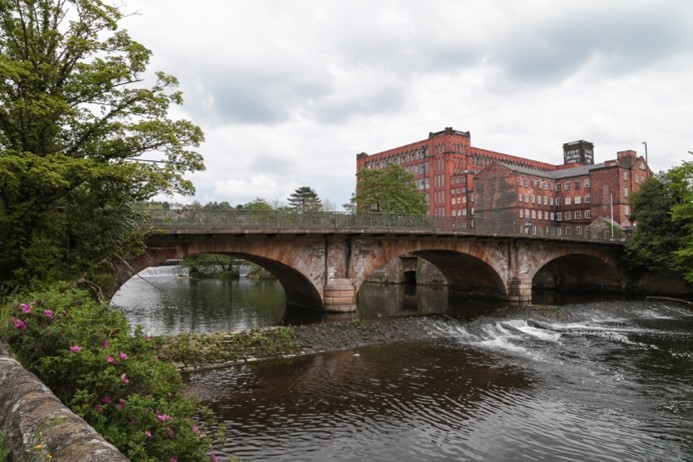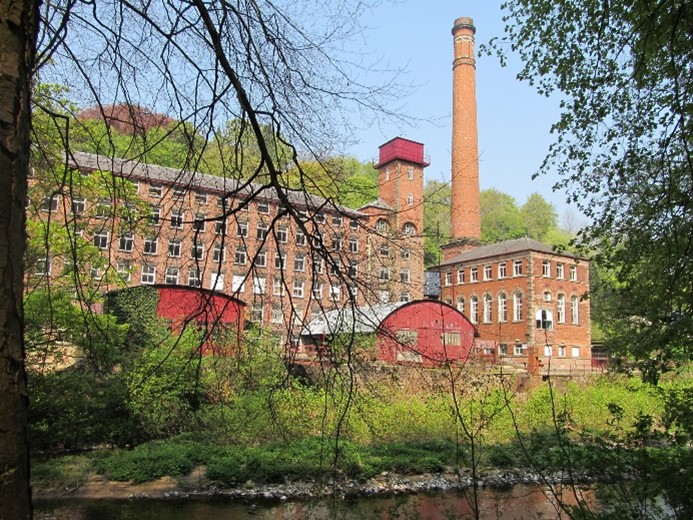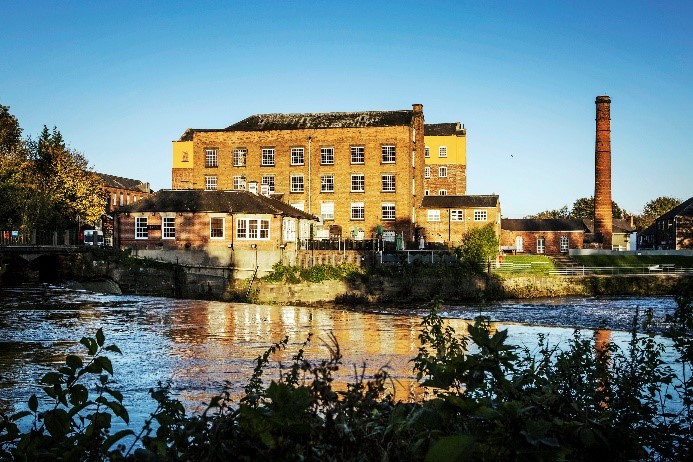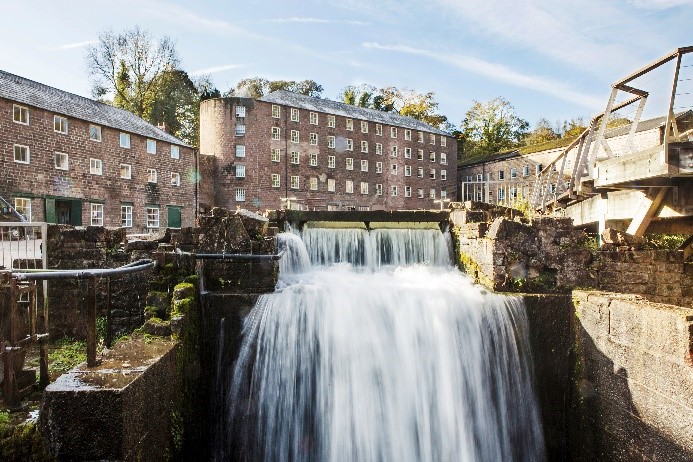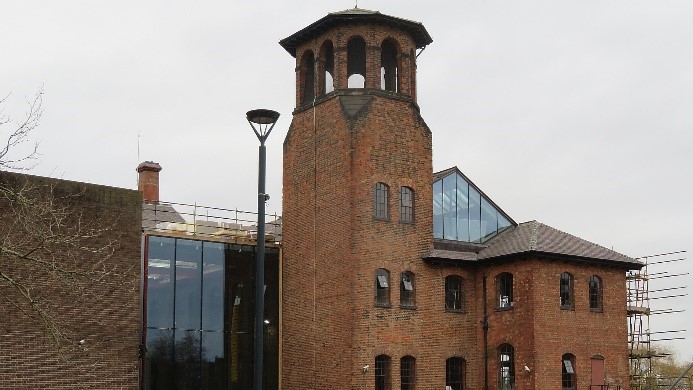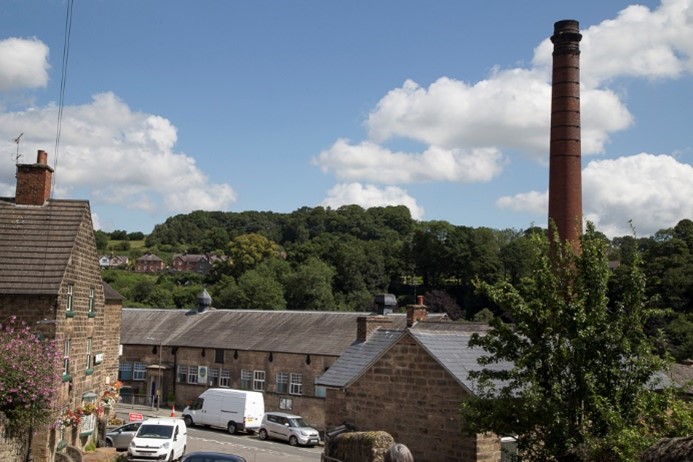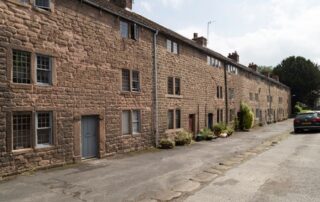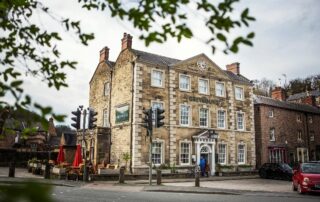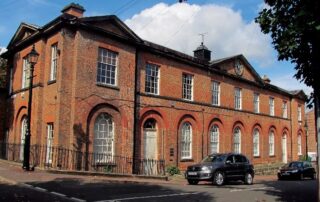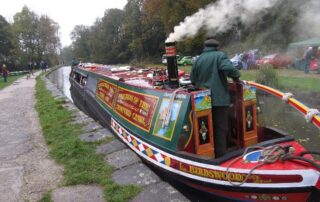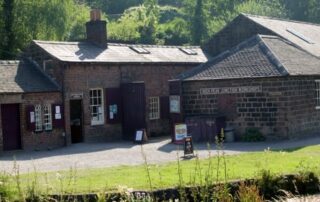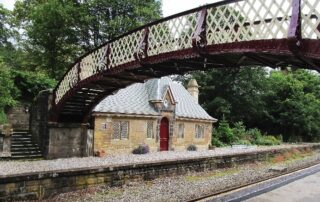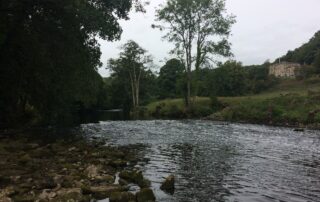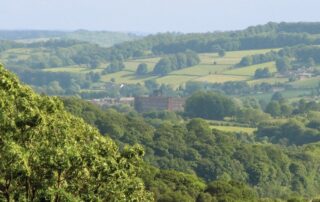Welcome to the Cromford Canal which is in the Derwent Valley Mills World Heritage Site. (1)
World Heritage Sites are places that UNESCO (The United Nations Education, Scientific and Cultural Organisation) decides have ‘Outstanding Universal Value to Humanity’ (2,3). They are special, valuable and unique and belong to all the people of the world no matter where they live. There are ‘natural’ and ‘cultural’ sites listed all around the world including places like the Pyramids in Egypt, Stonehenge in the UK and Virunga National Park in Congo (4).
The Derwent Valley Mills World Heritage Site is in Derbyshire. The River Derwent runs in a valley from north to south and the mill buildings and other special places and features sit in this valley from Matlock Bath in the north, through Cromford, Belper, Milford, Darley Abbey and into Derby (25). The Derwent Valley Mills World Heritage Site was placed on the list as the things that happened here in the past changed how we live and work forever.
From the 1700s waterpower was used successfully on a large scale for the first time to power machinery spinning cotton and silk thread (11, 12, 13, 14). This non-stop power supply, newly invented machinery and ways of organising workers led to mass production and the factory system. Products were manufactured of better quality and faster than ever before, leading to an Industrial Revolution. (5, 6, 7, 8, 9, 10)
The mills needed workers, so housing was constructed and later facilities including schools, gardens, parks, pubs, reading rooms, street lighting and gas supplies to attract families with children to work in the mills(15, 16, 17, 18, 19). Increased demands for food led to new ways of farming and food production. The lives of the working families changed forever. The effects were felt across the globe with cotton supplies coming from South America, the Caribbean and southern USA from plantations using enslaved African workers. Silk from moth cocoons was imported from Europe . Large buildings were constructed including iron framed fire-proof buildings. These methods were copied across the world.
As the factory system developed and spread, transport was needed to move products and people. This changed from packhorses and stagecoaches to toll roads, canals and railways. (20, 21, 22)
During the 18th the 19th Century change happened across the UK and large scale production of textiles spinning moved to other major cities. Growth in the Derwent Valley slowed leaving the area ‘suspended in time’. The landscape remains much as it did in the 1800s with the mills, waterways, housing and canals inserted into a rural landscape of farmland and woodland. (23, 24) This leaves us an important World Heritage Site to learn from today and protect for the future.

